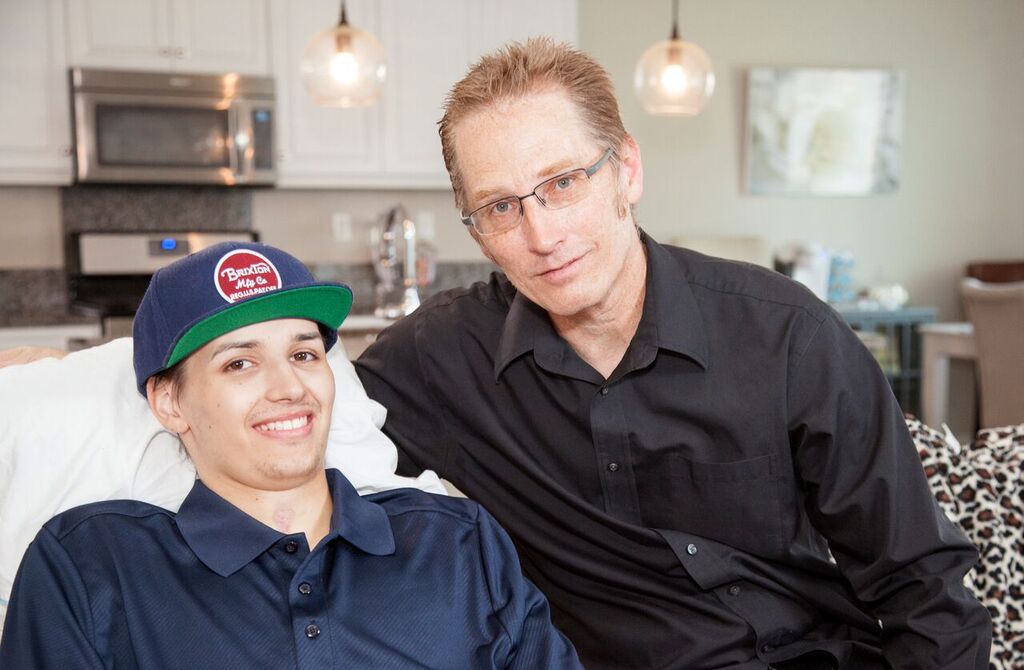
This animation, produced by Americans for Cures, illustrates how stem cells are providing a better treatment for patients with spinal cord injury. Asterias Biotherapeutics launched a multi-center clinical trial to fix nerve damage in spinal cord injury using stem cells (AST-OPC1). Asterias recently reported that all of the patients in their clinical trial have shown improvements in their ability to move six months after treatment.
Kris Boesen, a trial patient being treated at USC, can now brush his teeth, feed himself, even text his girlfriend. Previously, he was paralyzed from the neck down.
